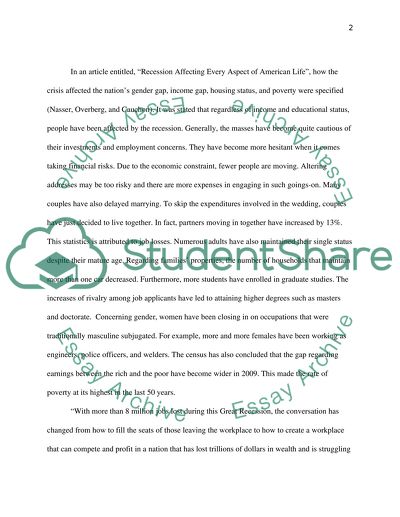Cite this document
(“Women, poverty and the recession Essay Example | Topics and Well Written Essays - 3250 words”, n.d.)
Women, poverty and the recession Essay Example | Topics and Well Written Essays - 3250 words. Retrieved from https://studentshare.org/sociology/1403328-women-poverty-and-the-recession
Women, poverty and the recession Essay Example | Topics and Well Written Essays - 3250 words. Retrieved from https://studentshare.org/sociology/1403328-women-poverty-and-the-recession
(Women, Poverty and the Recession Essay Example | Topics and Well Written Essays - 3250 Words)
Women, Poverty and the Recession Essay Example | Topics and Well Written Essays - 3250 Words. https://studentshare.org/sociology/1403328-women-poverty-and-the-recession.
Women, Poverty and the Recession Essay Example | Topics and Well Written Essays - 3250 Words. https://studentshare.org/sociology/1403328-women-poverty-and-the-recession.
“Women, Poverty and the Recession Essay Example | Topics and Well Written Essays - 3250 Words”, n.d. https://studentshare.org/sociology/1403328-women-poverty-and-the-recession.


